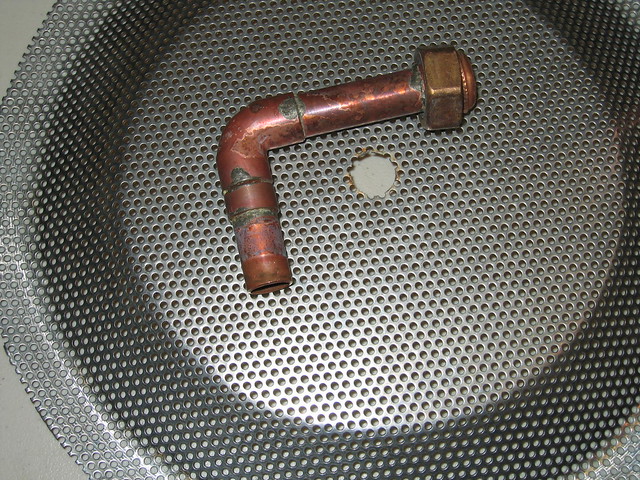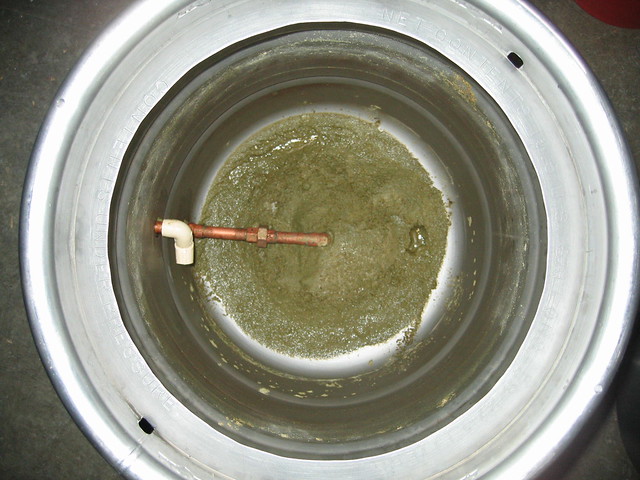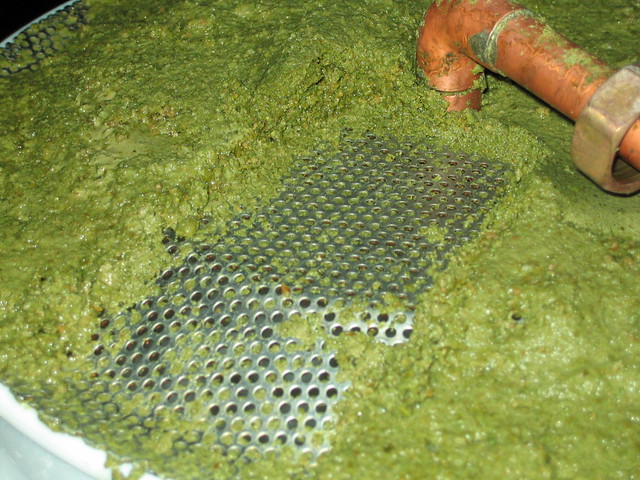Stellrbrewr
Well-Known Member
How do you remove cold break when you use a counterflow chiller? It seems to me it works by running hot wort through the chiller, which runs against cold water, and into the fermenter. Or do you run it into another pot, whirlpool, and then run it into the fermentor. Or do you recirculate it with a pump back into the boil pot, whirlpool, then run into a fermenter. Could anyone clarify the process with these?




